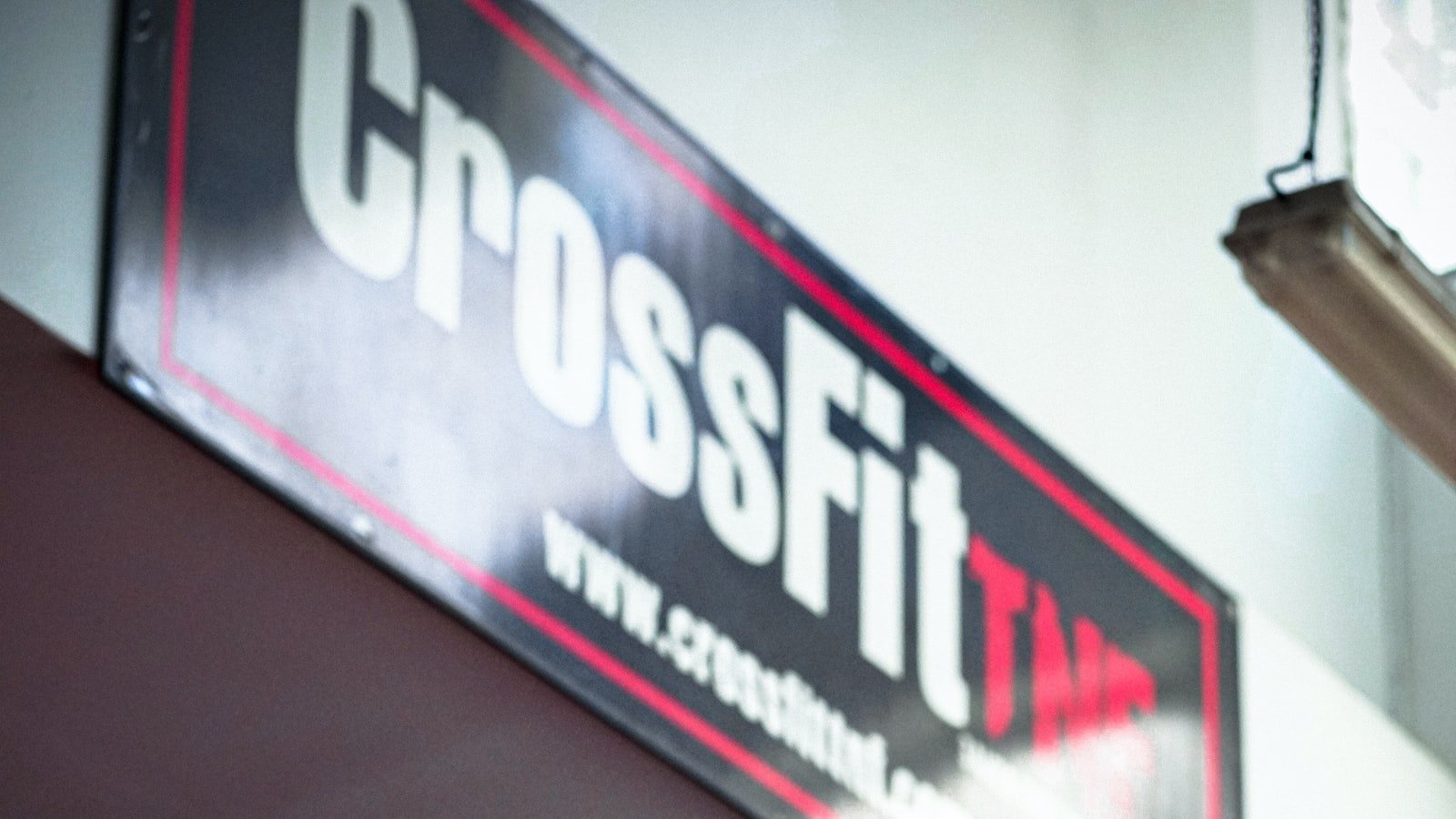Traversing the world with an enigmatic blend of grace and independence, visually impaired individuals often rely on the unwavering companionship and support of guide dogs. These exceptional canines possess an otherworldly ability to navigate bustling streets, conquer obstacles, and bring steadfast confidence into the lives of their human partners. However, behind their awe-inspiring skills lies a meticulous training process that molds these extraordinary animals into the heroes they become. In this article, we delve into the realm of training guide dogs for visually impaired assistance, exploring the unique bond forged between a pup and their handler, and uncovering the secrets that unlock their extraordinary capabilities. So, before we embark on this enchanting journey of dog and human collaboration, let us peel back the curtain and unveil the captivating world of training these four-legged marvels.
Table of Contents
- Preparing for Training: Understanding the Role of Visually Impaired Assistance Dogs
- Setting the Foundation: Basic Obedience Training for Assistance Dogs
- Task-Specific Training: Teaching Essential Skills for Assisting Visually Impaired Individuals
- Socialization: Building Confidence and Trust in Visually Impaired Assistance Dogs
- Fine-Tuning: Advanced Training Techniques for Enhancing Assistance Dog Skills
- Q&A
- In Summary

Preparing for Training: Understanding the Role of Visually Impaired Assistance Dogs
Before embarking on the journey of training visually impaired assistance dogs, it is essential to comprehend the invaluable role these remarkable creatures play in the lives of individuals with visual impairments. These dogs not only provide constant companionship but also serve as the eyes of their handlers, offering unparalleled support and independence.
Understanding the significance of visually impaired assistance dogs is crucial in preparing for their training. Some key points to keep in mind include:
- Task-specific Training: Assistance dogs are trained meticulously to perform specific tasks based on the unique needs of their visually impaired handlers. These tasks can range from guiding them along a predetermined route to locating objects in their surroundings.
- Building Trust and Connection: A strong bond between the handler and the assistance dog is the foundation for successful training. Establishing trust early on and maintaining a harmonious connection throughout the process ensures a fruitful partnership.
- Patience and Consistency: Training visually impaired assistance dogs requires patience and consistency. The process is time-consuming, and the dogs need repetition and reinforcement to master their duties. Consistently providing positive reinforcement encourages learning and helps the dogs retain their skills.
- Lifelong Training and Support: Training doesn’t end once the dog understands their role. Continual education and support are essential to ensure the dog’s skills remain sharp, as well as to address any specific challenges that may arise during their working life.
By understanding the unique role of visually impaired assistance dogs and patiently preparing for their training, individuals can embark on this remarkable journey, knowing that they are about to change lives for the better.

Setting the Foundation: Basic Obedience Training for Assistance Dogs
When it comes to training assistance dogs, establishing a solid foundation in basic obedience is crucial. This forms the bedrock upon which all other skills and tasks are built. Whether you are training a service dog, therapy dog, or emotional support dog, these fundamental obedience commands lay the groundwork for success.
It’s essential to start with the basics, including:
- Sit: This command teaches the dog to settle down and wait patiently. It’s a helpful skill for various situations, such as waiting at doors or crossing the street.
- Stay: Teaching your dog to stay in one place until given the signal is essential for their safety and the safety of those around them. Use this command to keep them calm and focused when needed.
- Heel: A well-trained assistance dog should walk calmly beside its handler without pulling on the leash. Teaching the heel command establishes proper leash etiquette and ensures a smooth and controlled walking experience.
Remember, consistency and positive reinforcement are key when training assistance dogs. Celebrate each small victory and reward your dog with treats, praise, or playtime to keep them motivated and engaged. Building a solid foundation in obedience training will set both you and your furry companion up for success on the journey ahead!

Task-Specific Training: Teaching Essential Skills for Assisting Visually Impaired Individuals
When it comes to supporting visually impaired individuals, task-specific training plays a crucial role in enhancing their independence and overall quality of life. By focusing on teaching essential skills, we aim to equip individuals with the tools they need to navigate the world confidently and efficiently.
Our comprehensive training program covers a wide range of skills tailored to meet the unique needs of visually impaired individuals. Through a combination of theoretical knowledge and hands-on practice, our participants gain the confidence to assist in various everyday tasks. Here are some key areas our training covers:
- Orientation and mobility: Navigating through different environments, using mobility aids, and developing spatial awareness.
- Communication: Learning techniques for effective verbal and nonverbal communication, as well as useful technologies for communication assistance.
- Assistive technology: Training individuals in the effective use of assistive devices such as screen readers, magnifiers, and braille technology.
- Household tasks: Teaching skills related to cooking, cleaning, organizing, and managing household tasks independently and safely.
- Public transportation: Providing knowledge and strategies for safely navigating public transportation systems, including understanding schedules and identifying stops.
By focusing on these essential skills, participants gain the necessary tools to help visually impaired individuals overcome challenges and lead fulfilling lives with greater independence. Join our training program and make a difference in the lives of those who are visually impaired.
Socialization: Building Confidence and Trust in Visually Impaired Assistance Dogs
When it comes to training visually impaired assistance dogs, socialization plays a crucial role in building their confidence and trust. These incredible animals are not only trained to assist and guide individuals with visual impairments, but they also serve as their eyes, offering unwavering loyalty and support.
Through carefully planned socialization exercises, these dogs are exposed to a variety of environments, people, and situations. This exposure helps them develop the skills necessary to remain calm and composed in any circumstance. By gradually introducing them to new sounds, smells, and sensations, we help them become familiar with the world they will navigate alongside their visually impaired handlers.
During the socialization process, visually impaired assistance dogs are encouraged to interact with diverse groups of people in a positive and controlled manner. This can include encounters with individuals of different ages, ethnicities, and appearances, ensuring that the dogs are comfortable and adaptable when interacting with various members of the community. Additionally, they learn to distinguish between friendly, approachable individuals and those who may pose a potential risk or threat.
- Desensitization: Visually impaired assistance dogs undergo desensitization exercises to minimize any potential fear or anxiety in unfamiliar situations. This process gradually exposes them to various sounds, environments, and movements.
- Public spaces: These dogs are trained to navigate busy environments, such as crowded streets or public transportation, with ease and confidence. This includes learning to maneuver through obstacles and remain focused on their handler’s commands.
- Teamwork: Socialization also emphasizes the bond between the visually impaired handler and their assistance dog. This partnership is built on trust, as the dog learns to interpret the handler’s cues and anticipate their needs.
By prioritizing socialization, we ensure that visually impaired assistance dogs are not only reliable and obedient but also confident and adaptable companions. This extensive training allows them to excel in their vital role of providing independence and support to individuals with visual impairments.
Fine-Tuning: Advanced Training Techniques for Enhancing Assistance Dog Skills
In the world of assistance dogs, the journey doesn’t end with basic training. To truly enhance an assistance dog’s skills and capabilities, advanced training techniques play a crucial role. Fine-tuning these incredible animals requires dedication, patience, and a deep understanding of their individual needs.
Here are some advanced training techniques to take your assistance dog’s skills to the next level:
- Scent Discrimination: Teach your assistance dog to distinguish between various scents. This skill can be invaluable for tasks such as identifying allergens or detecting specific medical conditions.
- Complex Task Sequences: Challenge your dog’s problem-solving abilities by teaching them complex sequences of tasks. This can include multiple-step commands or a series of actions to accomplish a specific goal.
- Public Access Training: Ensure your assistance dog is confident and well-behaved in various public settings. Practice obedience commands, proper behavior, and acclimatize them to distractions to ensure they remain focused on their tasks regardless of the environment.
- Simulated Real-Life Scenarios: Expose your assistance dog to simulated scenarios they may encounter in their work. This can include navigating tight spaces, maneuvering through crowds, or responding to emergency situations to enhance their adaptability and preparedness.
Remember, advanced training techniques are meant to build on the foundation of your assistance dog’s basic skills. It’s important to prioritize their physical and emotional well-being throughout the process, providing them with plenty of positive reinforcement, mental stimulation, and opportunities for relaxation.
Q&A
1. How long does it take to train a dog for visually impaired assistance?
Training a guide dog for visually impaired assistance typically takes around 18-24 months. This extensive training ensures the dog learns the necessary skills to navigate various environments and provide reliable assistance to their handler.
2. What breeds are commonly used as guide dogs?
Labrador Retrievers, Golden Retrievers, and German Shepherds are commonly used breeds for guide dog training due to their intelligence, calm demeanor, and willingness to work. However, other breeds such as Standard Poodles and Collies can also be successful guide dogs.
3. How does a guide dog assist a visually impaired person?
Guide dogs are trained to follow verbal and physical commands to safely guide their visually impaired handler. They help them navigate obstacles, curbs, stairs, and crowded areas, while also alerting them to potential hazards like oncoming traffic.
4. Can any visually impaired person get a guide dog?
Not all visually impaired individuals may be suitable for a guide dog. Factors like physical fitness, living arrangement, and lifestyle are taken into consideration during the application process to ensure the person can provide the necessary care and maintain the dog’s training.
5. How can I socialize my guide dog-in-training in public?
Socializing your guide dog-in-training is crucial for their development. Start by exposing them to different environments, sounds, and experiences in a controlled manner. Gradually increase the level of distractions while reinforcing their training and obedience.
6. Are guide dogs always “on duty”?
Guide dogs are trained to understand the concept of work and play. When the guide dog is wearing its harness, it indicates they are on duty and focused on assisting their handler. However, once the harness comes off, they can relax and enjoy regular dog activities.
7. How often should a guide dog be exercised?
Guide dogs require daily exercise to maintain physical and mental well-being. On average, they should be walked for at least 30 minutes twice a day, with opportunities for playtime and mental stimulation throughout the day.
8. Can I pet a guide dog in public?
While guide dogs are well-trained and disciplined, it is important to respect their work and not distract them unnecessarily. If you encounter a guide dog in public, it is best to ask the handler for permission before petting the dog to ensure it does not disrupt their assistance.
9. What happens to retired guide dogs?
Once guide dogs retire from their service, they are generally offered the opportunity to live with their handler as a pet. If the handler is unable to care for the retired guide dog, options include adoption by a member of the handler’s family or placement in a loving new home.
10. Are there any challenges in training a guide dog for visually impaired assistance?
Training a guide dog can be a challenging and time-consuming process. It requires patience, consistency, and dedication from both the trainer and the dog. Each dog learns and progresses at its own pace, so flexibility is necessary to accommodate different learning styles and personalities.
In Summary
As we bid farewell to this guide on training a dog for visually impaired assistance, we embark on a bittersweet juncture. It is a journey that requires unwavering commitment, patience, and an unwavering desire to be the beacon of light for those in darkness.
In the realm of assistance dogs, these remarkable creatures hold a profound power to transform lives. Through the meticulous training, we have unraveled the intricate balance between fostering independence and nurturing unparalleled companionship.
The bond forged between a visually impaired individual and their four-legged guide is one of unparalleled trust and unwavering loyalty. Overwhelmed by a symphony of scents, paw-patrolling steps, and heartwarming gestures, these canine heroes become the eyes to a world locked away from those they assist.
During our exploration, we have meticulously paved the path to success, highlighting the fundamentals to harness every pup’s potential. From instilling unwavering obedience to cultivating tireless devotion, our efforts have become an ode to the human spirit intertwining with the profound instinctual nature of dogs.
Through vivid anecdotes and expert guidance, we have laid the foundation for creating an unbreakable synergy between the visually impaired and their pawsome partners. The road may be arduous, but the rewards immeasurable. With each passing day and every milestone triumphed, a visually impaired individual will find a newfound independence and solace, knowing their loyal companion will be by their side, guiding them through life’s intricate maze.
As we conclude this guide, let us not forget the extraordinary capabilities dogs possess and the boundless potential they hold. By providing a beacon of light amidst the darkness, these remarkable beings redefine the limits of human-dog collaboration, reminding us of the power of empathy, compassion, and the transformative impact we can have on one another’s lives.
May the knowledge imparted here be the spark that ignites a revolution in the realm of visually impaired assistance dogs. May it pave the way for countless paw prints to navigate this enchanting world with hearts filled with love and purpose.
As we part ways, remember the endless possibilities that lie ahead. Embrace the remarkable journey of training a dog for visually impaired assistance with open hearts and open minds. For when a visually impaired person finds solace, liberation, and immense joy through the dedicated partnership with their furry companion, the world becomes a better, brighter place for all.
As an affiliate, my content may feature links to products I personally use and recommend. By taking action, like subscribing or making a purchase, you’ll be supporting my work and fueling my taco cravings at the same time. Win-win, right?
Want to read more? Check out our Affiliate Disclosure page.